Apple's latest iOS 26.2 developer beta brings compelling safety enhancements that could change how we receive critical alerts on our iPhones. This is not just another incremental update. Apple is introducing a dedicated Enhanced Safety Alerts system that expands beyond traditional government notifications to include earthquake warnings and imminent threat detection, according to 9to5Mac. The timing feels pointed after a year of extreme weather, active shooter situations, and regional emergencies where every second matters. Apple has also included a new alert tone in this beta, a sign they understand emergency notifications must cut through the noisy digital blur when it counts.
Breaking down the Enhanced Safety Alerts system
Here is where things get interesting from a technical angle. Tucked inside Settings > Notifications is a new Enhanced Safety Alerts section that runs separately from the existing Government Alerts framework, as reported by 9to5Mac. Open it and you will find individual toggles for earthquake alerts and imminent threat alerts, plus a privacy option to share your approximate location with Apple to improve alert timing and reliability.
The notable shift, these Enhanced Safety Alerts appear to be Apple generated rather than government issued. That gives Apple more control over when and how critical safety information reaches you. Instead of waiting for official channels to process and distribute emergency notices, Apple could detect a threat through its own systems and push an alert directly to your device. A move from passive relay to active detection.
The engineering lift is real. Apple has to prevent false alarms while reacting quickly, coordinate with existing emergency systems to avoid conflict, and tune detection so genuine threats are not drowned out by routine noise. Taking this on signals confidence in their approach, and a willingness to be judged on its speed and accuracy.
Why earthquake and threat detection matters now
Earthquake alerts are a big step, especially since only work in specific regions like California, Oregon, Washington, and Japan where robust monitoring exists, as noted by Tenorshare where robust monitoring exists, as noted by Tenorshare. Enhanced Safety Alerts could widen coverage or accelerate notifications by leaning on device data, user reports, and machine learning alongside traditional seismic networks. The result, in theory, is a buzz on your nightstand before the shaking reaches your block.
And that imminent threat toggle. What qualifies? Apple has not spelled it out, which suggests infrastructure that can span more than natural disasters, for example active shooter situations, chemical spills, severe weather, or security threats that official systems might be slow to flag.
The location sharing option hints at a broader strategy. Share your approximate location to improve timeliness and reliability, according to 9to5Mac, and you enable faster, more targeted alerts. Picture thousands of iPhones noticing unusual patterns, sounds, or movement, then helping confirm an event before legacy systems finish their checks. A small privacy trade for faster warnings, if you are comfortable with it.
The bigger picture: Apple's comprehensive safety ecosystem
Enhanced Safety Alerts slot into a wider safety push across iOS 26. Apple is also adding Severe Weather Alerts and Widgets for Predicted Travel Destinations in the Weather app, which uses Proactive Intelligence to flag conditions at places you might visit, according to MacRumors. You plan a Saturday hike, your phone infers the trip from recent searches and calendar notes, and the system pings you about an approaching storm before you lace up your boots.
The integration reaches watchOS 26 as well, where Smart Stacks automatically surface destination specific weather widgets for places Apple predicts you might go, as reported by MacRumors. Your watch becomes an early warning tap on the wrist, the kind you feel in a crowded subway or while running errands.
Here is the kicker, iOS 26 extends satellite connectivity beyond Emergency SOS and Messages to include Weather app data, according to MacRumors. That lets you receive critical weather warnings even without cellular or Wi Fi. For hikers, campers, rural residents, or emergency responders, the iPhone turns into a lifeline that keeps working off the grid.
Now imagine the cross device handoff. Your iPhone detects an earthquake through Enhanced Safety Alerts, your Apple Watch buzzes with haptics, nearby iPads display safety steps, and CarPlay pulls up evacuation routes. Redundant, on purpose.
What this means for iPhone users moving forward
Bottom line, Apple is positioning itself as an active partner in emergency preparedness rather than a passive messenger. By building its own alert layer alongside existing broadcasts, Apple can deliver warnings that are faster, more personal, and easier to notice. The new alert tone in iOS 26.2 beta, as mentioned by 9to5Mac, tackles the practical problem we all have, how do you make a phone shout loud enough to stand out from the daily ping parade.
For users, that could mean life saving information, delivered sooner and with better precision, especially if you choose to share location data to enable crowd powered detection. The system builds on Apple's existing emergency support, which already includes various government alerts when using supported carrier SIM cards or eSIMs, according to Apple Support, and layers Apple's own detection and analysis on top.
Open questions remain around global availability, coordination with local services, and how Apple will handle the duty of life or death communications. Will Enhanced Safety Alerts work internationally out of the gate, or roll out in regions with established partnerships first? How will Apple avoid conflicts with official broadcasts during fast moving crises?
As iOS 26.2 moves through beta, we should learn more about triggers, availability, and how the system meshes with existing alerts. The direction is clear enough already. Apple is reframing the smartphone's role in personal safety, turning the iPhone from a device that connects you to help into one that tries to keep you out of harm's way to begin with.




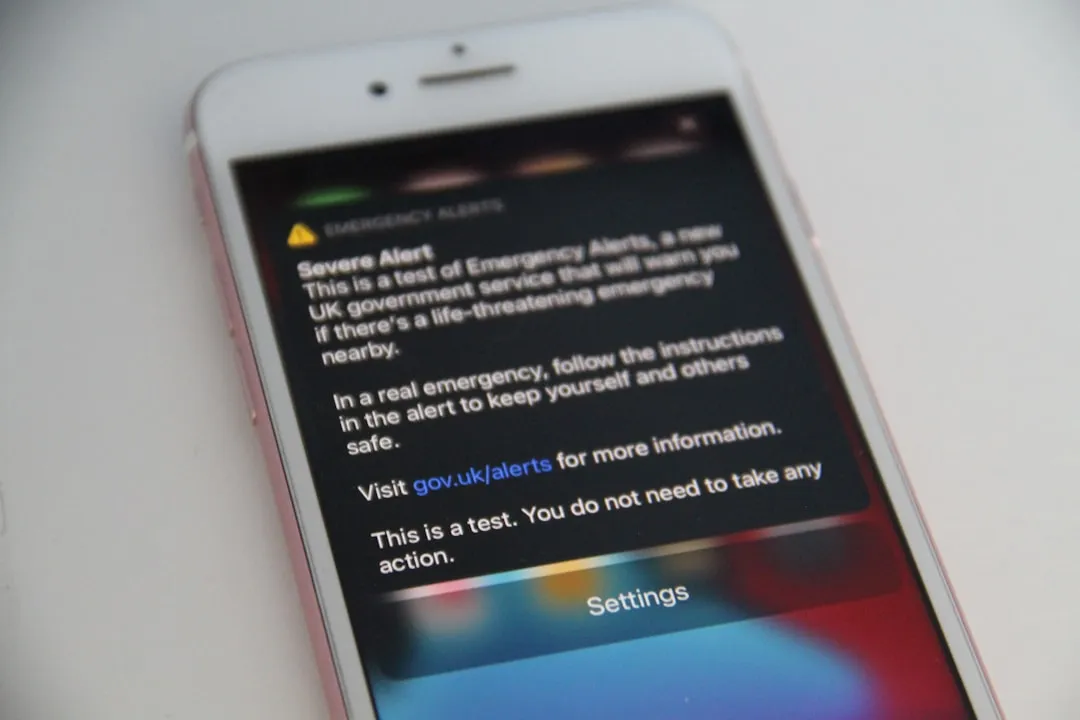
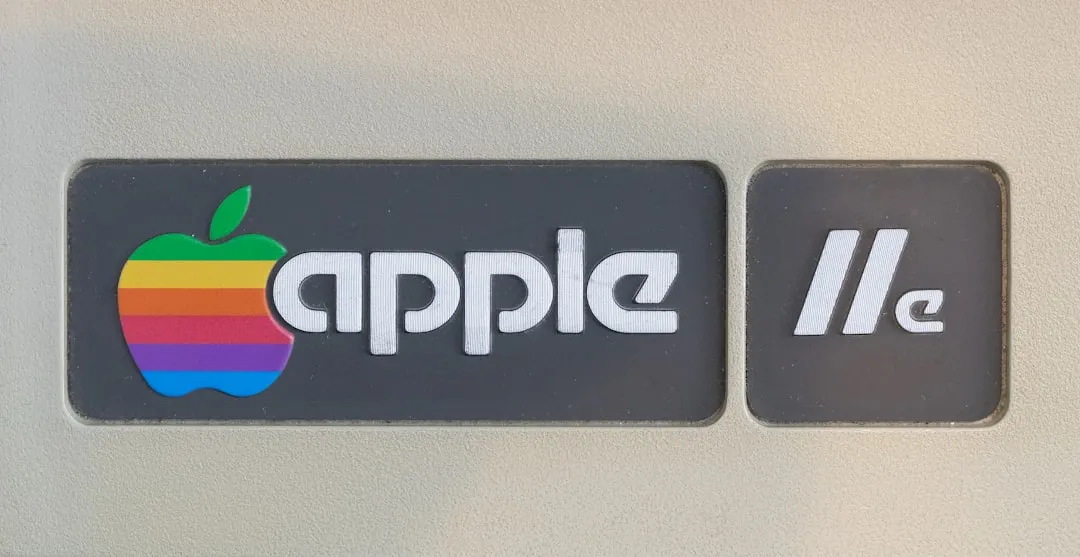



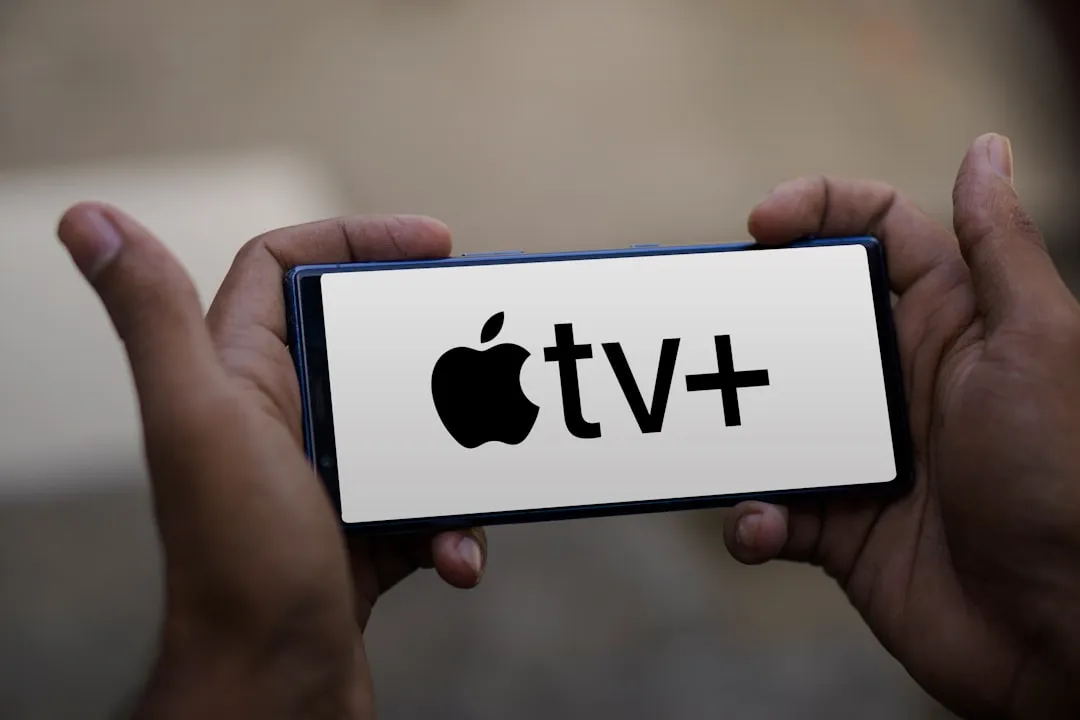
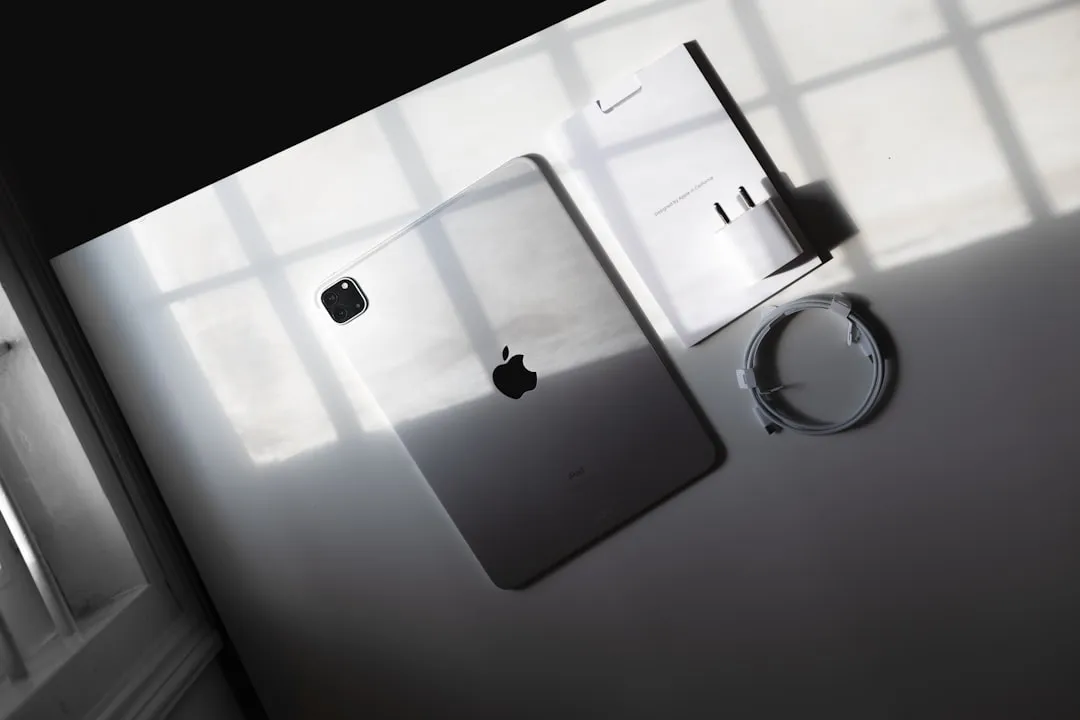




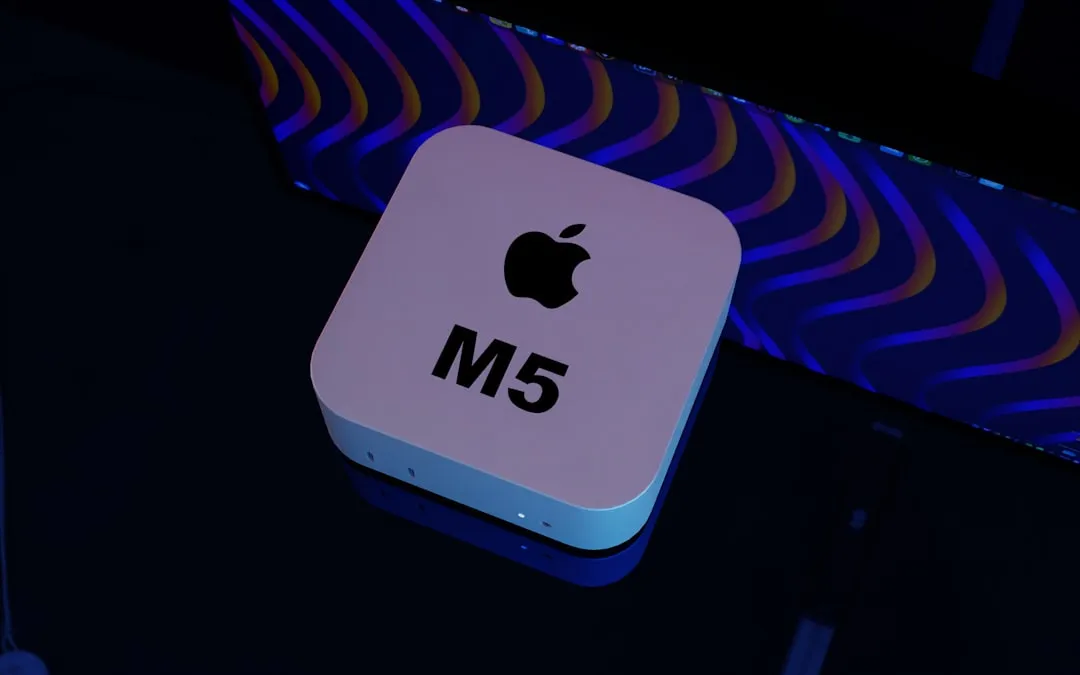
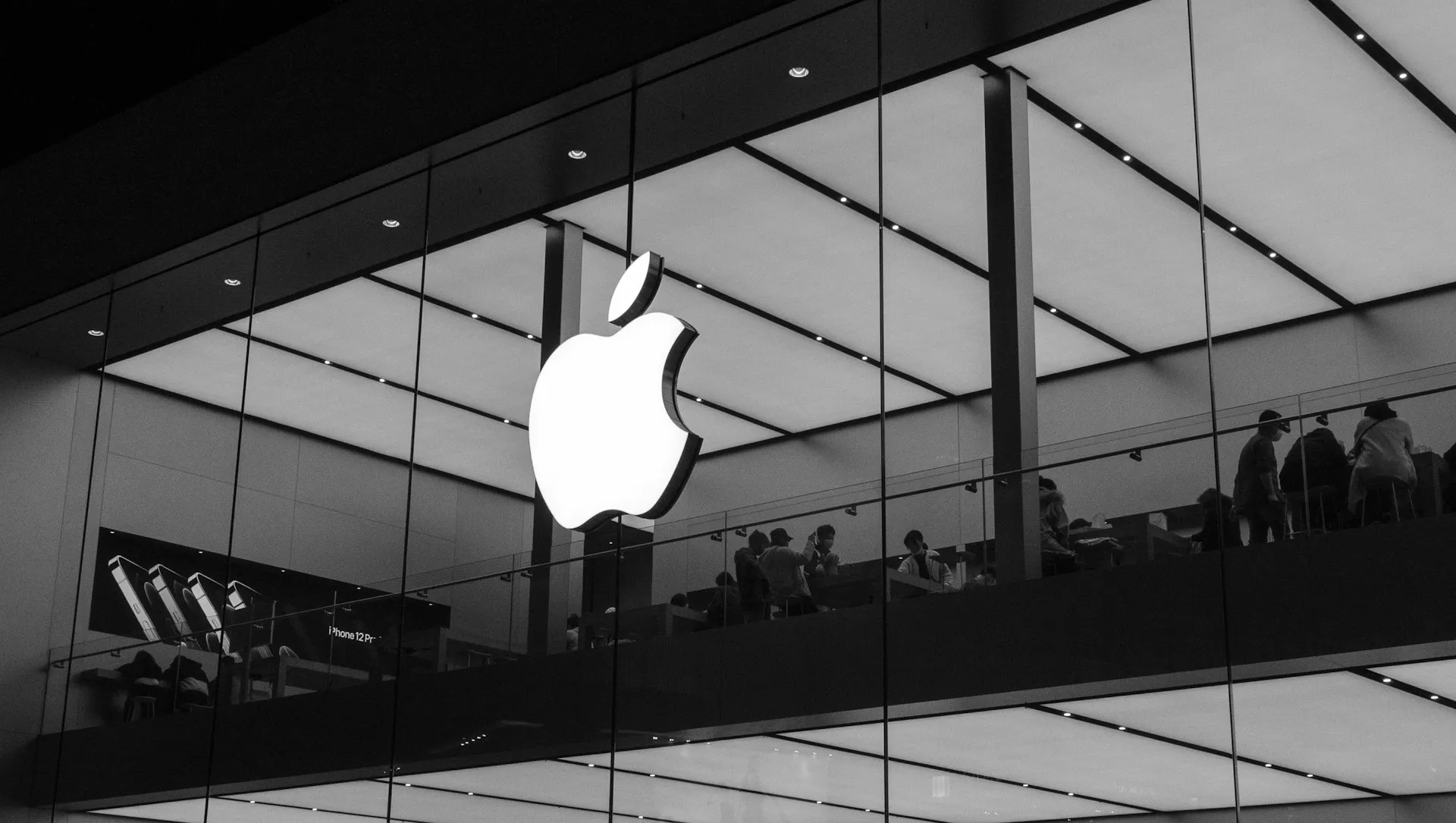

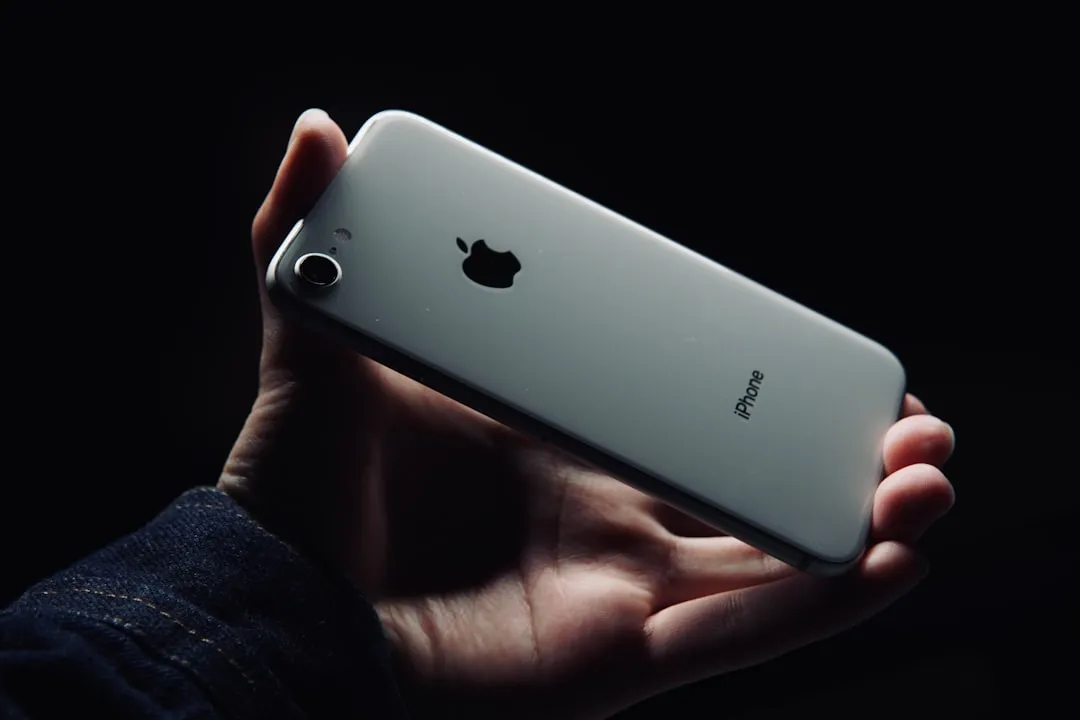

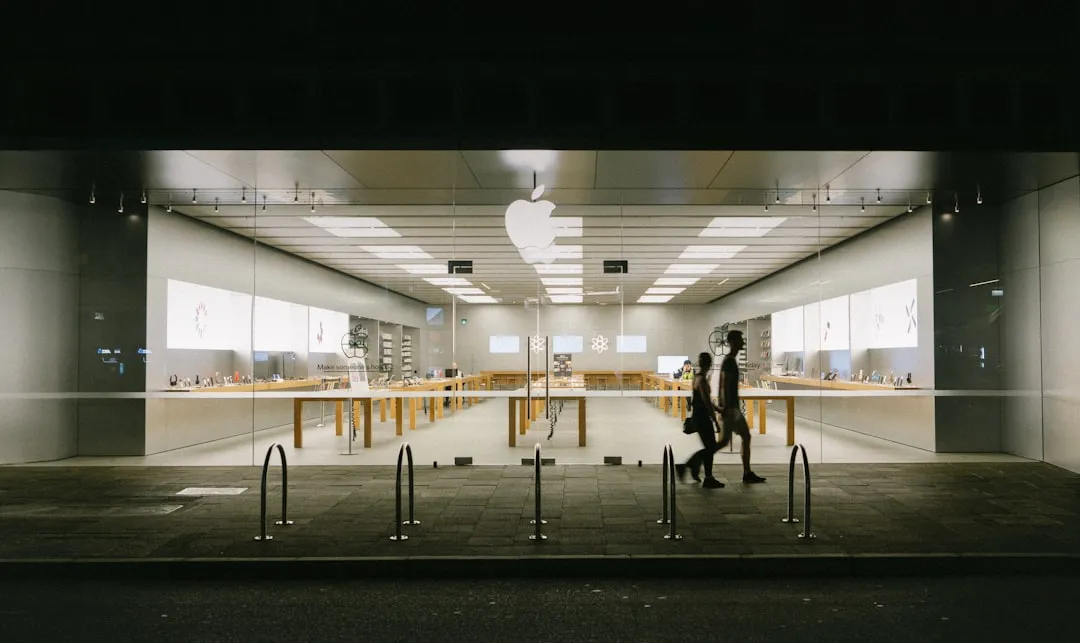

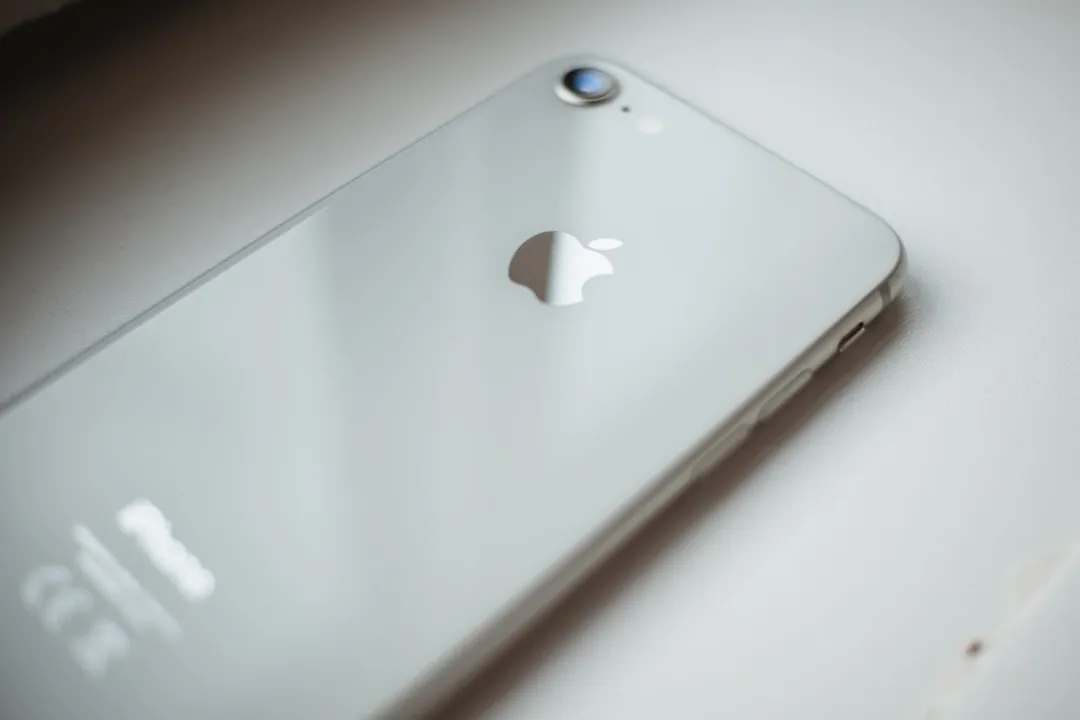
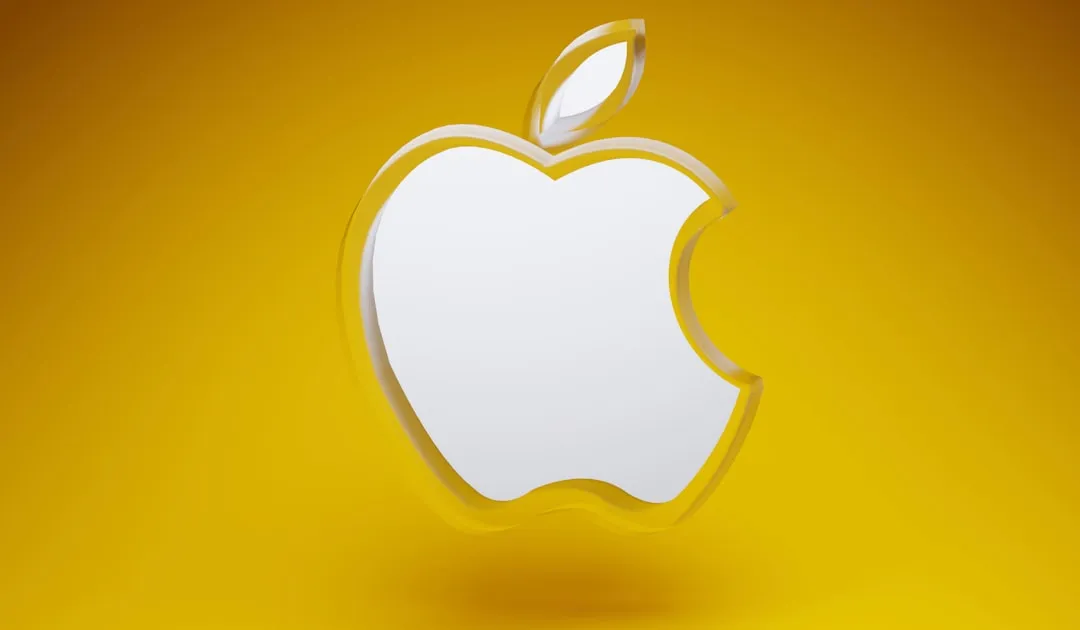
Comments
Be the first, drop a comment!